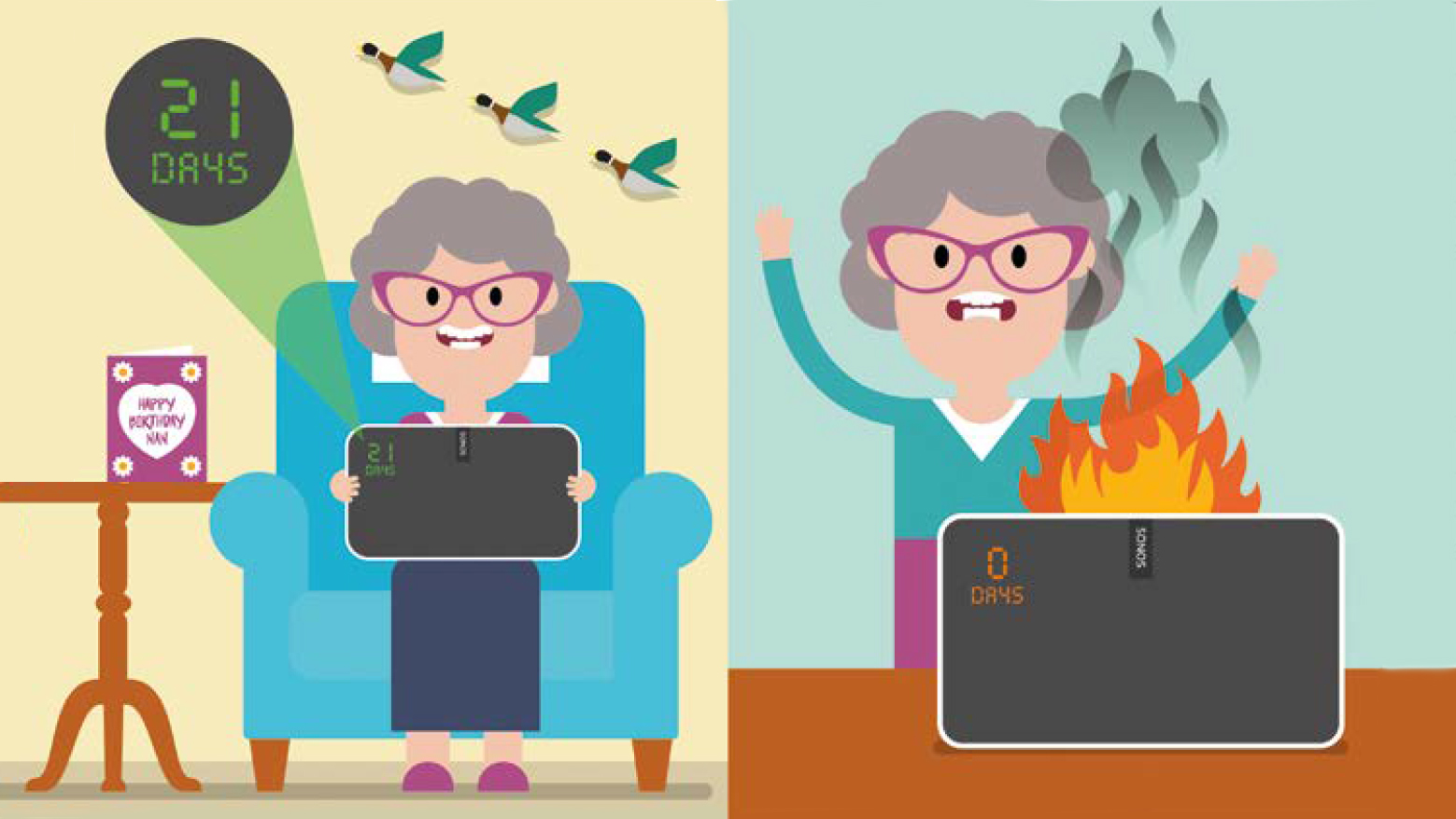Sonos speakers are environmentally unsound
Forcing customers to brick trade-in speakers could destroy Sonos


At the time of writing, an area the size of Belgium is burning in Australia and half a billion animals are estimated to have perished in the blaze. At the same time, the leaders of two UK environment agencies have warned that this year is our final chance to save the planet from an irreversible rush toward oblivion. You don’t need to be Greta Thunberg to realise that the Earth is in dire trouble – and yet still some tech companies haven’t got the memo.
Take Sonos, for example. The company – like many others – is offering a trade-in programme for its range of smart speakers. Hand over one of your old models and you can get up to 30% off the cost of a new one.
However, it seems Sonos isn’t particularly bothered about getting customers’ old speakers back. In fact, it positively encourages users to recycle their speakers locally, arguing that it’s more environmentally friendly to dispose of your old speaker at a nearby recycling centre than ship it back to Sonos HQ, which is undoubtedly true.
But if you were thinking of recycling in the most environmentally friendly way possible – by donating the speaker to friends, family or charity for someone else to enjoy your unwanted device without inflicting any further environmental damage, Sonos is having none of it. In fact, to qualify for the discount, you literally have to press a self-destruct button.
Before Sonos delivers your trade-in discount, you must use the Sonos app to put your speaker in what the company ironically calls Recycle Mode. This starts an irreversible 21-day counter, at the end of which all your personal data will be wiped and the device permanently disabled. “During the countdown and once the product has been deactivated, the product cannot be re-added to any system or used to set up a new Sonos system, even if the product has been reset to its factory settings,” according to the Sonos support page. Your perfectly functional Sonos speaker will be turned into the planet’s most high-tech doorstop – or, more likely, be hurled atop the giant pile of electronics waste at your local dump.
Why is Sonos forcing customers to decommission perfectly functional kit? A Community Manager on the Sonos support forums explains that “while we’re proud of how long our products last, we don’t really want these old, second-hand products to be the first experience a new customer has with Sonos. We hope that in upgrading to the latest and greatest, people will recycle responsibly, and we feel it’s the right decision to make recycling a condition of this offer.”
You don’t need an MA in Cynicism to argue that artificially bricking those old speakers also reduces the second-hand Sonos market, which means the company can sell more new devices to keep its shareholders happy. Who cares if the planet’s cooking as long as the profits keep rolling, eh?
Sign up today and you will receive a free copy of our Future Focus 2025 report - the leading guidance on AI, cybersecurity and other IT challenges as per 700+ senior executives
Still, one other thing occurs to me about Sonos’s speakers. If pressing a button in an app is enough to render a speaker impotent, it’s probably not beyond the capabilities of hackers to brick customers’ devices remotely. If an attack on Sonos’s self-destructing speakers ends up destroying not only millions of devices but the company itself, you can’t say Sonos didn’t have it coming.
Barry Collins is an experienced IT journalist who specialises in Windows, Mac, broadband and more. He's a former editor of PC Pro magazine, and has contributed to many national newspapers, magazines and websites in a career that has spanned over 20 years. You may have seen Barry as a tech pundit on television and radio, including BBC Newsnight, the Chris Evans Show and ITN News at Ten.
-
 Can enterprises transform through startup theory?
Can enterprises transform through startup theory?In-depth For big corporations, the flexibility, adaptability, and speed of a startup or scale-up is often the total opposite of what’s possible within their own operations
-
 AI is creating more software flaws – and they're getting worse
AI is creating more software flaws – and they're getting worseNews A CodeRabbit study compared pull requests with AI and without, finding AI is fast but highly error prone
